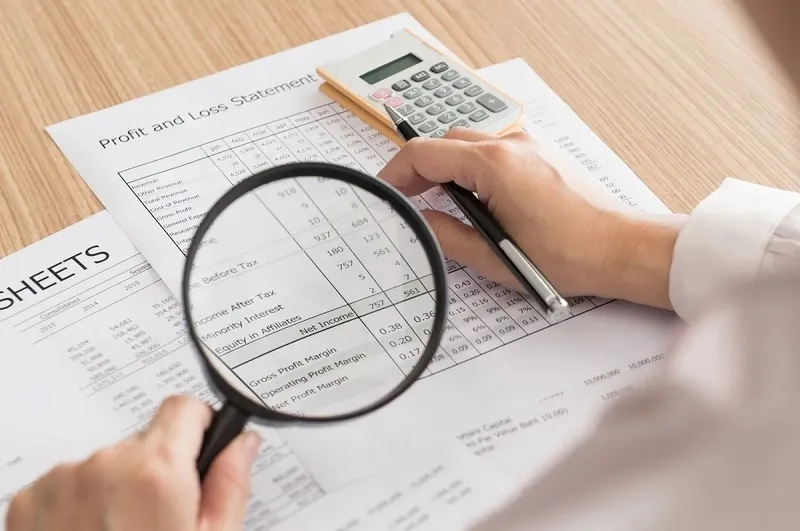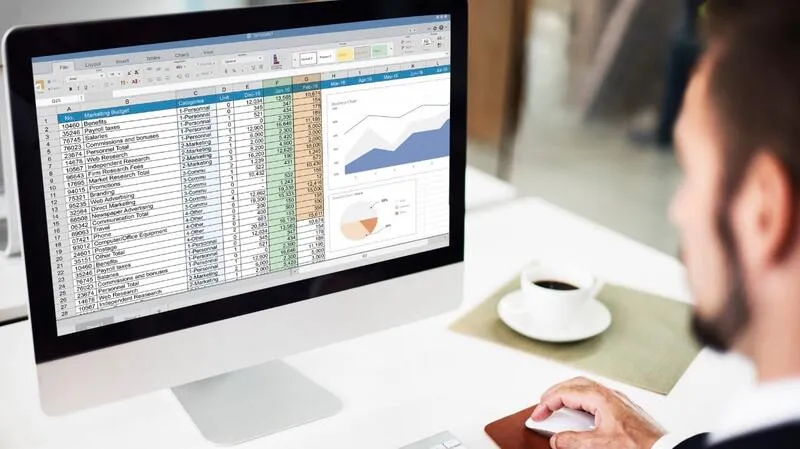What is KPI in Retail?
KPIs are measurable values that help you track how well your business is performing. They allow you to set specific, measurable goals and then monitor progress towards those goals over time. By tracking KPIs, you gain valuable insights into the effectiveness of your business strategies, allowing you to adjust course and make data-driven decisions.
In the context of retail, KPIs can help you measure everything from sales performance to inventory management to customer satisfaction. By monitoring these metrics regularly, you can identify trends and opportunities, pinpoint areas for improvement, and ultimately drive growth and success for your business.

What is KPI in Retail?
The Top 5 Retail KPIs You Should Be Tracking
- Sales Revenue: This KPI measures the total revenue generated by your store over a given period of time. By monitoring sales revenue, you can track the overall health of your business, identify seasonal trends, and assess the impact of promotions and discounts.
- Gross Margin: Gross margin is calculated as the difference between the cost of goods sold and the revenue generated from those goods. It provides insight into your store's profitability and helps you determine the optimal pricing strategy for your products.
- Conversion Rate: This KPI measures the percentage of shoppers who make a purchase after visiting your store. A high conversion rate indicates that your store is effectively attracting and engaging customers and can help you identify areas for improvement in your sales funnel.
- Average Transaction Value: This KPI measures the average amount of money spent by each customer per transaction. By increasing this metric, you can boost your overall sales revenue and profitability.
- Customer Lifetime Value: Customer lifetime value measures the total amount of money a customer will spend at your store over their lifetime. By focusing on increasing customer lifetime value, you can build a loyal customer base and drive long-term growth for your business.

Top 5 Retail KPIs
Other Key Retail KPIs to Consider
In addition to the top 10 retail KPIs listed above, there are many other metrics that may be relevant to your store's specific goals and objectives. Some additional KPIs to consider include:
- Inventory Turnover: Inventory turnover measures how quickly you sell through your inventory. A high inventory turnover rate indicates that your store is effectively managing its inventory, while a low rate may indicate overstocking or slow-moving products.
- Customer Satisfaction Score: This KPI measures how satisfied your customers are with their shopping experience at your store. By monitoring customer satisfaction, you can identify areas for improvement in your store's operations and enhance the overall customer experience.
- Return on Ad Spend (ROAS): ROAS measures the return on investment (ROI) of your advertising campaigns. By tracking this metric, you can determine which advertising channels are most effective for your store and adjust your marketing strategy accordingly.

Other Key Retail KPIs
This article has provided readers with the answer to the question “What is KPI in Retail”. By using KPIs to track and measure your retail store's performance, you can gain valuable insights into what is driving success and where there is room for improvement. The key is to identify the KPIs that are most relevant to your business goals and track them consistently over time. By doing so, you can make data-driven decisions that lead to increased sales, happier customers, and improved profitability.












Replies to This Discussion